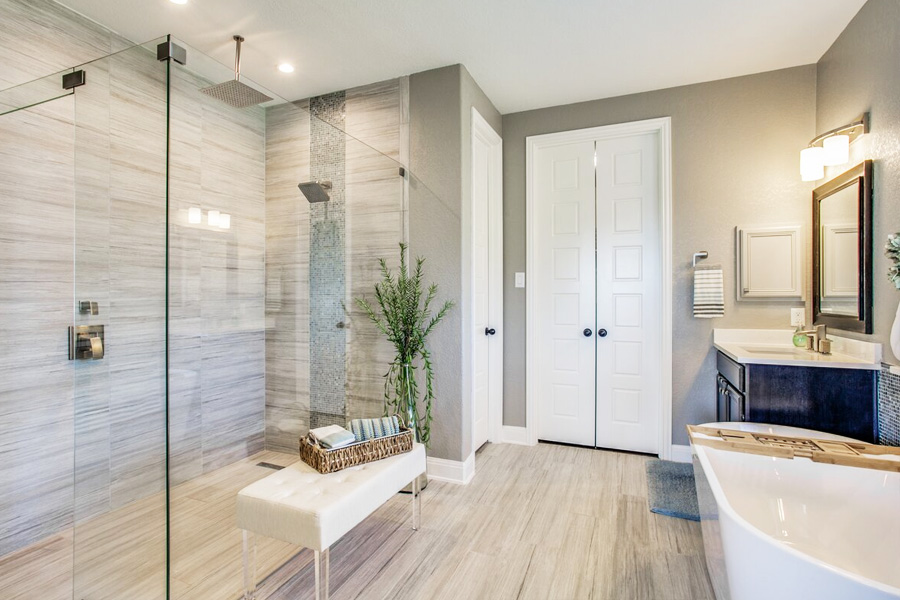
Bathroom Faucet Aerator Tips: Enhance Your Water Efficiency
When it comes to saving water and improving the efficiency of your bathroom, understanding a few essential bathroom faucet aerator tips can make all the difference. An aerator is a small device attached to the tip of a faucet, and it’s designed to control the flow and spread of water. By doing so, it helps reduce water consumption without affecting water pressure. This is why many homeowners and home enthusiasts are keen to learn about these tips and make the most out of their bathroom fixtures.

What is a Bathroom Faucet Aerator?
A bathroom faucet aerator is a small screen that divides the flow of water into many tiny streams, introducing air into the water flow. This not only helps in reducing water usage but also minimizes splashing. Aerators are typically made of metal or plastic and can be easily installed on most faucets.
Benefits of Using a Faucet Aerator
Before diving into specific tips, it’s important to understand the benefits of using a faucet aerator. These include:
- Water Conservation: By reducing the flow rate, aerators help conserve water, which is crucial in areas with limited water supply.
- Cost Savings: Less water usage translates into lower water bills.
- Improved Water Pressure: Aerators can enhance the water pressure, providing a more comfortable experience.
- Reduced Splashing: The design minimizes the amount of water splashing out of the sink.
Choosing the Right Aerator
Choosing the right aerator is key to maximizing its benefits. Consider the following:
- Thread Type: Ensure the aerator fits the threads of your faucet.
- Flow Rate: Opt for a flow rate that meets your needs while conserving water.
- Material: Metal aerators are more durable than plastic ones.
- Size: Make sure the aerator size matches your faucet’s mouth.
Installation Tips
Installing a faucet aerator is a simple DIY task. Heres how you can do it:
- Remove the old aerator using pliers if necessary.
- Clean the faucet threads to ensure proper fitting.
- Attach the new aerator by screwing it onto the faucet.
- Check for leaks and tighten if needed.
Maintenance and Cleaning
Maintaining your aerator is crucial for its longevity and efficiency. Follow these steps:
- Check for Blockages: Regularly inspect the aerator for debris and mineral buildup.
- Clean with Vinegar: Soak the aerator in vinegar to dissolve mineral deposits.
- Replace When Needed: If cleaning doesnt improve performance, consider replacing the aerator.
Advanced Tips for Better Efficiency
For those looking to maximize efficiency, consider these advanced tips:
- Invest in a Low-Flow Aerator: These aerators significantly reduce water usage.
- Regular Monitoring: Keep an eye on water usage to identify potential leaks.
- Consider Professional Advice: For optimal setup, consulting a professional might be beneficial.
For more eco-friendly bathroom upgrades, check out this guide.
Common Issues and Troubleshooting
Even with proper maintenance, you might encounter issues. Heres how to address them:
- Leaking Aerator: Ensure the aerator is tightly secured. If leaks persist, replace the washer.
- Reduced Water Flow: Clean the aerator to remove any blockages.
- Noise Issues: If the aerator causes noise, check for loose fittings or replace it.

FAQs
- What is the lifespan of a faucet aerator? Most aerators last between 5 to 10 years, depending on usage and water quality.
- Do all faucets need aerators? While not mandatory, aerators are highly recommended for their water-saving benefits.
- Can I install an aerator myself? Yes, installing an aerator is a simple DIY task that requires minimal tools.
For a more comprehensive approach to remodeling your bathroom, consider checking out water-wise remodeling strategies or explore our guide on eco-home improvements.
Incorporating these bathroom faucet aerator tips can lead to significant water savings and a more efficient bathroom experience. By choosing the right aerator and maintaining it well, you contribute to both environmental conservation and financial savings.
This article contains affiliate links. We may earn a commission at no extra cost to you.